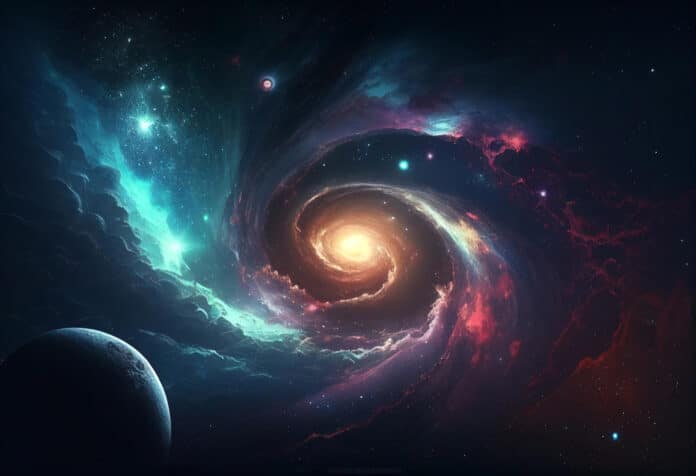Metals start forming right after the birth of the stars in the early universe. With the universe’s evolution, metal content grows because of stellar winds and supernova explosions from massive stars.
In recent decades, it has been clear that the amount of metallic elements or metallicity changes the fundamental physical properties of stars. According to recent findings, the early, low-metallicity universe fundamentally differs from our own galaxy. Studies of specific, big stars prove this.
University of Michigan astronomer Sally Oey said, “Understanding the metallicity of galaxies is important because it tells astronomers about a galaxy’s evolution as well as the evolution of our universe.”
“Metals are elements heavier than hydrogen and helium and are byproducts of stars. So low-metallicity environments are relatively pristine, whereas high-metallicity environments are polluted and presumably older or more evolved, having had more stellar generations. Thus, the low-metallicity universe corresponds to early cosmic times, closer to the Big Bang, and high-metallicity is more like here and now in our Milky Way Galaxy.”
In this work, scientists presented the XShootU project. The study is the first release of a benchmark dataset combining ground-based data with ultraviolet data from the Hubble Space Telescope via its UV Legacy Library of Young Stars as Essential Standards (ULLYSES) Legacy project.
The Space Telescope Science Institute’s work on this legacy project, which is the largest ever, is being done by Hubble. The data were collected throughout 1,000 Hubble orbits while the ULLYSES program observed 250 large stars and freshly created stars.
Oey said, “We now have a very high-quality dataset that spans both UV and optical ranges that will be foundational in understanding stars, galaxies, and the universe at low metallicity.”
“This is critical since it applies to the universe at early cosmic times and to nearby energetic starbursts in dwarf galaxies, the origin of binary black holes that cause gravitational waves, kilonovae, and a whole host of extreme explosions.”
Journal Reference:
- Jorick S. Vink, A. Mehner, et al. X-Shooting ULLYSES: Massive stars at low metallicity. Astronomy & Astrophysics. DOI: 10.1051/0004-6361/202245650
